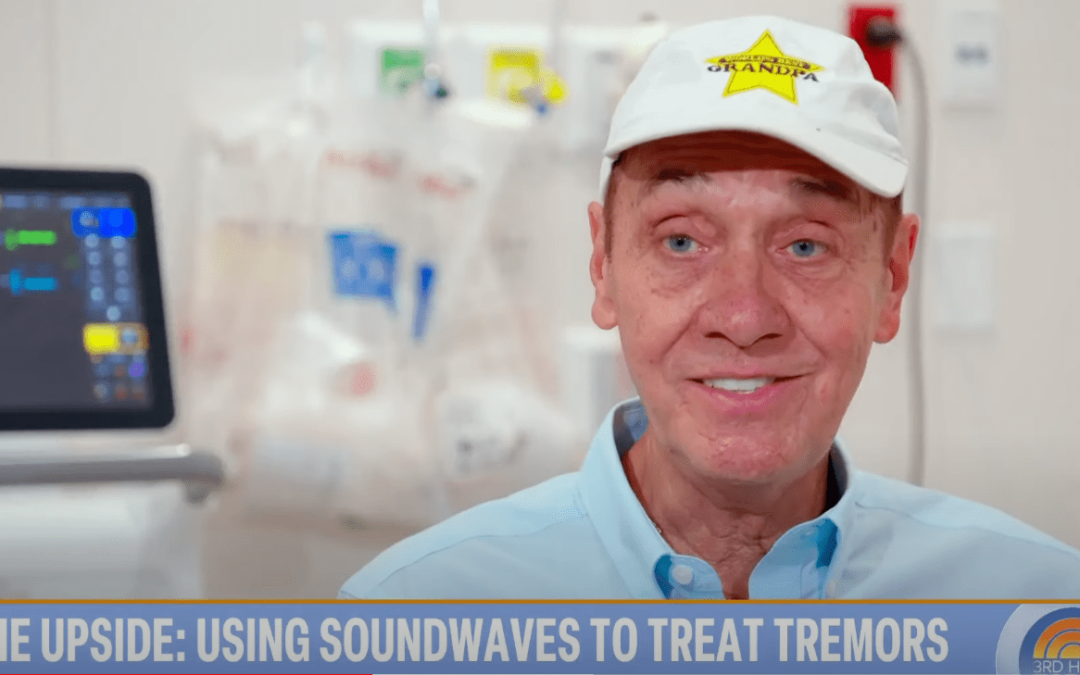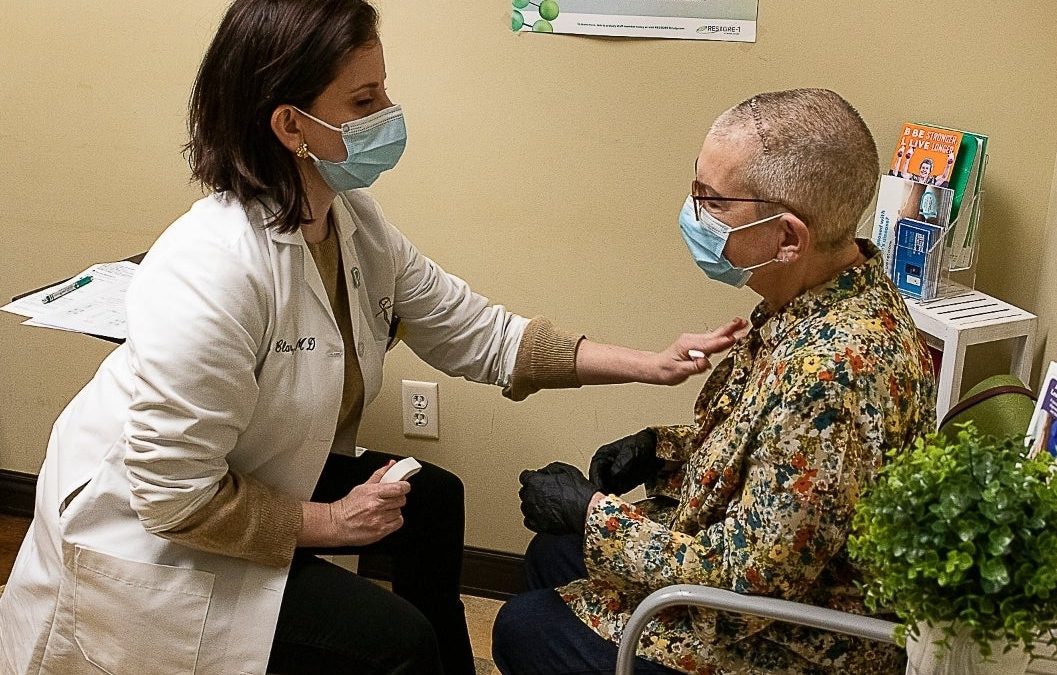At New Jersey Brain and Spine, our subspecialized team delivers MRI-Guided Laser-Induced Interstitial Thermotherapy and other advanced technologies to treat and manage brain tumors and intractable epilepsy. Our breadth of expertise allows us to offer minimally invasive approaches to many patients reducing complications and promoting faster recovery.
What is MRI-guided laser-induced interstitial thermal therapy?
Magnetic resonance imaging (MRI)-guided laser-induced interstitial thermal therapy (LITT) is a minimally invasive procedure during which a surgeon uses real-time MRI imaging to control energy emitted by a laser that heats and destroys brain tumors or unhealthy tissue causing seizures.
LITT is a less invasive alternative to open surgery and may be used for patients in whom the tissue isn’t safely approachable by open surgery.
How is MRI-guided LITT performed?
During a LITT procedure, the surgeon will make a small incision in the scalp and an equally small hole in the skull through which a flexible catheter is inserted guided precisely by navigation systems. Once the catheter is at target, the surgeon engages laser energy to heat and destroy tisue. To prevent damage to surrounding healthy tissue, the surgeon monitors the heat generated from the laser using real-time MR imaging—MR thermography.
MRI Guided LITT vs. Traditional Laser Ablation: Key Differences
Laser interstitial thermal therapy (LITT)is a treatment that relies on laser energy to irreversibly injure or ‘ablate’ a problematic area in the brain as defined by the treating surgeon. MR guided LITT refers specifically to procedures in which laser ablation is delivered in an MR unit while images are obtained that provide a temperature map of the tissue surrounding the active part of the laser. This map allows for an accurate indication of the anatomical extent of the ablation thereby enhancing precision and safety.
What are the benefits of LITT?
Because LITT is minimally invasive and expands the surgeon’s ability to treat deep seated targets in the brain. Treatments do not require extensive large incisions of extensive exposure. For patients this translates into:
- Shorter hospital stay
- Faster recovery
- Lower risk of infection
- Decreased pain
In up to 60 percent of people with epilepsy, LITT can eliminate seizures.
What are the risks and side effects of LITT?
While LITT is generally considered safe, side effects or complications can occur. The most common include transient weakness, brain swelling, headache, confusion, and nausea. Symptoms often resolve within several days and at times recovery is facilitated with medication.
Less common but more severe complications can include bleeding in the brain, permanent muscle weakness, memory problems, visual disturbances, or speech difficulties, infection, or ongoing seizures.
How much does LITT cost?
While the cost of LITT can vary widely, it is generally covered by insurance and is less expensive than open surgery because it is minimally invasive, which leads to shorter hospital stays, fewer complications, and lower operating room costs.
For accurate and personalized cost information, we recommend consulting with our billing department.
MRI Guided Laser-Induced Interstitial Thermo Therapy at New Jersey Brain and Spine
The highly experienced physician team at New Jersey Brain and Spine includes sub-specialized experts who have treated thousands of brain tumors and epilepsy patients. Our active participation in translational research and in clinical trials allows us to offer personalized care for each and every patient. MRI-guided LITT is a novel procedure that has been shown to be effective in the management of selected brain tumors and intractable epilepsy.
Please contact us today to discuss treatment options specific to your needs.








